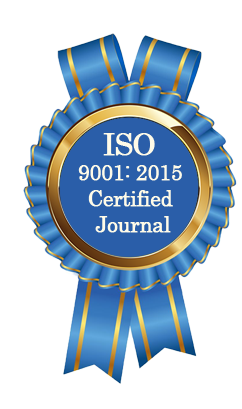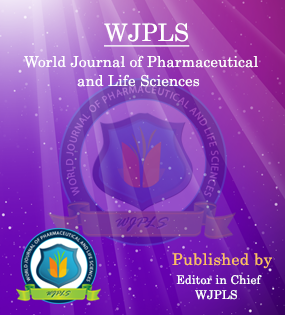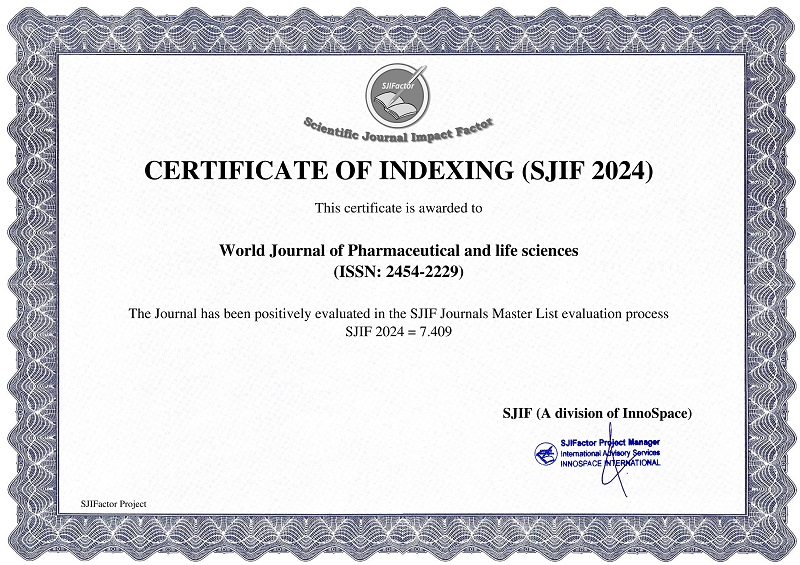Abstract
INCIDENCE, RISK FACTORS AND OUTCOME OF HOSPITAL ACQUIRED INFECTIONS IN A TERTIARY CARE HOSPITAL IN DHAKA
Al Jahidi Hasan Chowdhury*, Matiar Rahman and Mohammad Shariar Shovon
ABSTRACT
Context: Hospital acquired infections (HAI) are among major causes of morbidity in developed and developing countries resulting to significant burden both for patients as well as public health (World Health Organization (2002).[1] Objectives: To determine the incidence of HAI, their risk factors, the infective agents and the outcome in a tertiary care hospital. Materials and Methods: This was designed as analytical type of cross sectional study. The study group comprised1108 patients admitted for more than 48 hours in a tertiary care hospital at Dhaka from January 2015 to July 2015. The organisms were isolated from specimen by inoculation and subculture on blood agar and MacConkey agar media. Identification of the organisms was done by colony morphology, gram staining and standard biochemical tests. All the isolates were tested for sensitivity against antimicrobial agents by disc diffusing method of Kirby Bauer et al (1966).[2] The potency of each batch of disc was standardized by the reference strain of ATCC Esch. Coli, No 25922 and Pseudomonas aeruginosa No 27853. Zone of inhibition were compared with the standard value and was considered as sensitive (S), Intermediate sensitive (IS) and resistant (R) according to the NCCLS (1998). Data were checked, verified and coded into computer by using IBM SPSS (Statistical Package for Social Science) Programme version 21. Result: A total number of 1108 patients with 9.4% (incidence rate 8.75/1000 hospital days) hospital acquired infection rate were studied. Respiratory tract infection was the highest 56.7% followed by urinary tract infection (15.4%). Most nursing assistance required group had 20 times more risk of developing HAI than those who required no assistance. The Odds ratio (OR) for 3 functional categories were: 0.3, 0.9 and 6.1. The Odds ratio for 4 visitor categories were: 0.2, 0.2, 9.4 and 23.6. 20.8% respondents with invasive device application developed HAI and 2.8% without device and association is statistically highly significant (p=0.000). 3.3% of respondents developed HAI who had the application of invasive device up to 5 days, while 21.8% by 6-10 days, 38.9% by 11-15 days, 21.4% by 16-20 days and 50% by more than 20 days. Gram negative Enterobacteriaceae as a group were most predominant pathogens. The predominant organisms were K. pneumoniae 34 (32.7%) followed by Acinetobacter baumannii 18 (17.3%), Esch. coli 18 (17.3%) & Ps. aeruginosa 14(13.5%).
[Full Text Article] [Download Certificate]WJPLS CITATION 
| All | Since 2020 | |
| Citation | 590 | 424 |
| h-index | 12 | 10 |
| i10-index | 17 | 14 |
INDEXING
NEWS & UPDATION
BEST ARTICLE AWARDS
World Journal of Pharmaceutical and life sciences is giving Best Article Award in every Issue for Best Article and Issue Certificate of Appreciation to the Authors to promote research activity of scholar.
Best Article of current issue
Download Article : Click here





